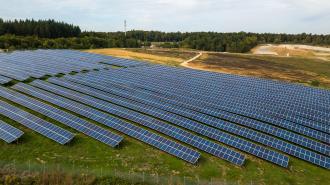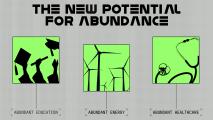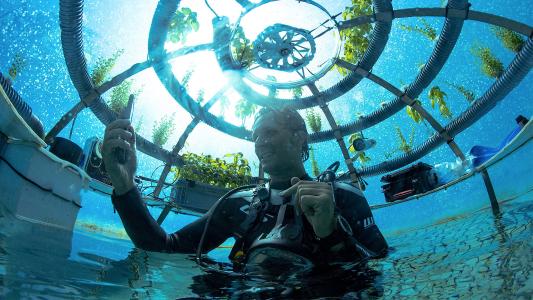Cities across the US are covering their former landfills with solar panels, creating “brightfields” that bring clean energy and jobs to their communities.
Waste land: When a landfill can no longer fit any more trash, the site can be capped with soil and impenetrable materials to create a “brownfield.”
Because the ground beneath a brownfield is physically unstable and contaminated, the land typically isn’t suitable for housing, schools, or other structures. Occasionally, it can be converted into a park or golf course, but most of the time, it sits dormant.
The idea: Over the past couple of decades, some US cities have begun building solar farms on top of their capped landfills, turning the brownfields into “brightfields.”
“Landfills typically have good sun exposure — due to a lack of vegetation — and limited other redevelopment opportunities, making solar one of the few ways to put the land to productive use,” clean energy nonprofit RMI wrote in a 2021 report.

Landfills have access roads and connections to the local electrical grid most of the time, too, so cities don’t have to worry about those issues when turning their brownfields into brightfields — something that might not be true with a completely undeveloped site.
Landfills are also disproportionately built near low-income and minority communities, so repurposing these sites can help rectify some of the social and environmental costs imposed on the local communities by bringing in clean electricity and new jobs.
“Solar [is] one of the few ways to put the land to productive use.”
RMI
The extra effort: Matthew Popkin, an urban transformation manager at RMI, told TIME that converting brownfields into solar farms does have unique challenges.
“There’s more due diligence, there’s more design and engineering, and people’s time that has to go into sufficiently planning this,” he said. “If you put a stake in the grass in a random field poorly, the dirt might suffer. If you put a stake in a landfill poorly, the community might suffer.”
However, federal and state grants can help offset additional costs, and if a local government already owns the land, the extra effort may be worthwhile given the alternative is letting the site sit vacant.
If every closed landfill in the US was converted into a brightfield, they could power 7.8 million homes.
The bottom line: Interest in brightfields may be increasing, but as of October 2021, only 500 MW of solar capacity had been installed on former landfills — about enough to power 95,000 US homes.
We need a lot more solar (and other renewables) to meet our clean energy goals, but RMI says we’ve barely tapped into the potential of brownfields.
If every closed landfill in the US was converted into a brightfield, the capacity would jump to 63 gigawatts, according to the nonprofit’s report. That would be enough to power 7.8 million homes — or every household in the state of South Carolina.
We’d love to hear from you! If you have a comment about this article or if you have a tip for a future Freethink story, please email us at [email protected].






